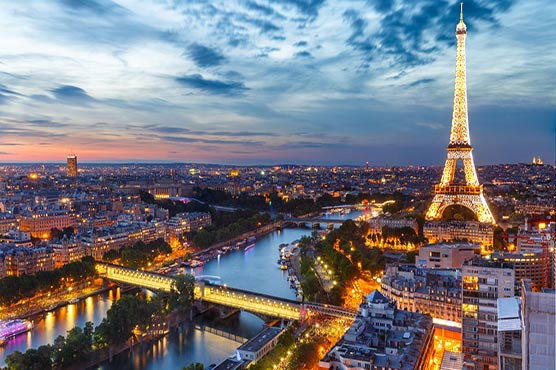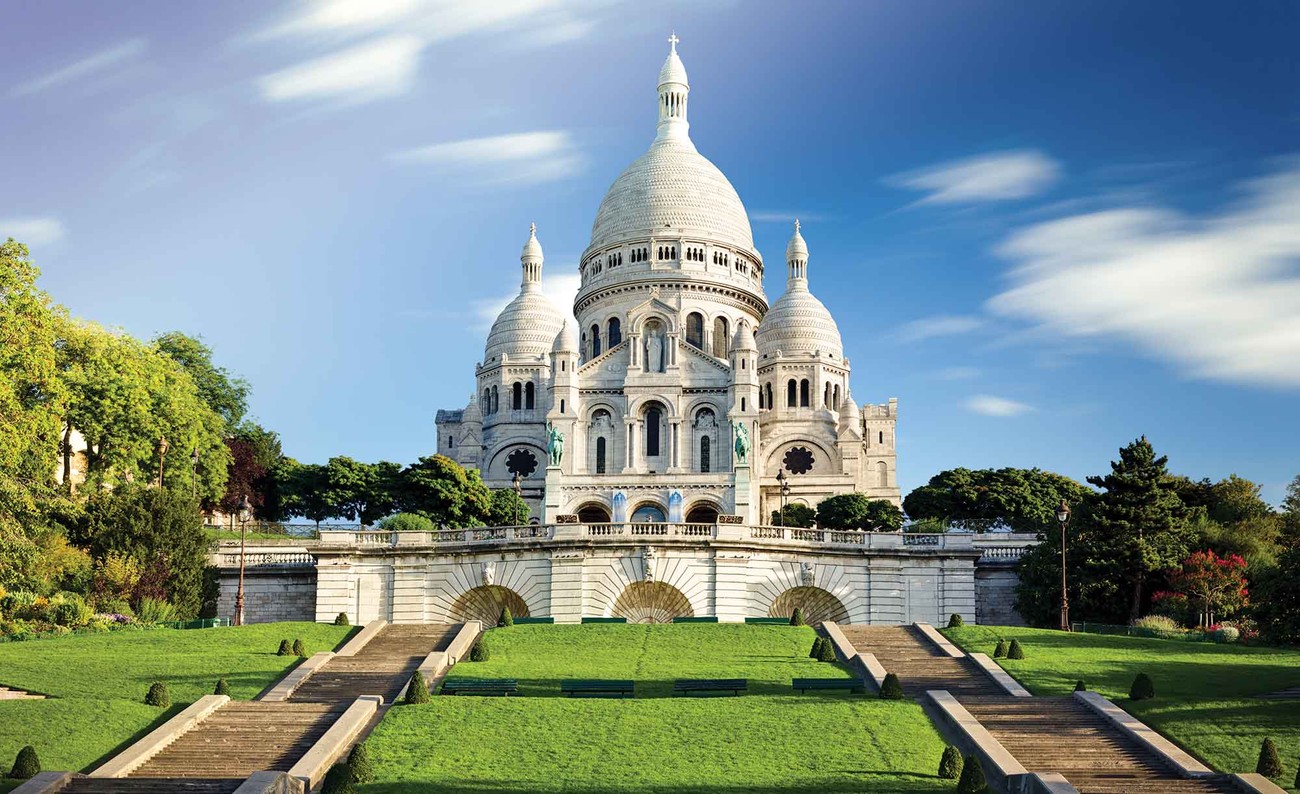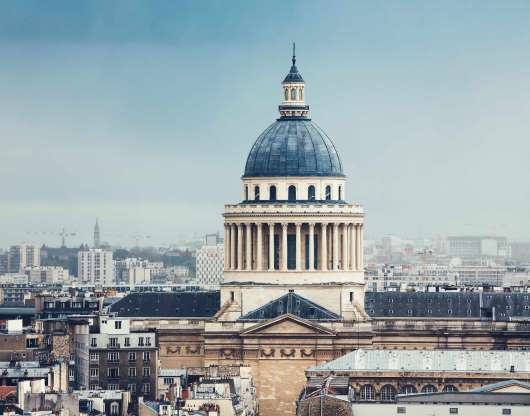5 attractive places in Paris for tourists after Notre-Dame

Paris offers a big amount of other treasure-like places to feel the beauty of this city.
(Web Desk) – After the heartbreaking blaze at Cathédrale Notre-Dame de Paris, it left a tragedy on tourism in the world. Without any doubt, Notre-Dame was one of the biggest attention grabber but Paris offers a big amount of other treasure-like places to feel the beauty of the city.
The Louvre
The Louvre is the most-visited historic monument and largest art museum in the world. You could be there for days, discovering collections of everything from antique Egyptian treasures to Renaissance painting masterpieces. The museum opened on 10 August 1793 with an exhibition of 537 paintings, the majority of the works being royal and confiscated church property.
.jpg)
Sacré-Cœur
Also known as the Basilica of the Sacred Heart of Paris is a Roman Catholic church and minor basilica, dedicated to the Sacred Heart of Jesus. A popular landmark and the second most visited monument in Paris, the basilica stands at the summit of the butte Montmartre, the highest point in the city. Sacré-Cœur Basilica is above all a religious (Catholic) building, shown by its perpetual adoration of the Holy Eucharist since 1885, and is also seen as a double monument, political and cultural. The whimsical structure sits at the top of the butte Montmartre. Its dome is 83 m (272 ft) high, and it offers a 360º view of Paris.

Trocadéro
Located in front of the Eiffel Tower, the Trocadéro was originally a palace built for the World‘s Fair in 1878. However, it now just serves as an esplanade. The place was named in honour of the Battle of Trocadero, in which the fortified Isla del Trocadero, in southern Spain, was captured by French forces led by the Duc d Angoulême, son of the future King of France, Charles X, on August 31, 1823.

Panthéon
Located in the center of what is called the "Latin Quarter" of Paris, this building serves as the tomb for numerous illustrious national figures, including Simone Veil, Victor Hugo, Marie Curie, and Alexandre Dumas. It was originally built as a church dedicated to St. Genevieve and to house the reliquary châsse containing her relics but, after many changes, now functions as a secular mausoleum containing the remains of distinguished French citizens. It is an early example of neo-classicism, with a façade modelled on the Pantheon in Rome, surmounted by a dome that owes some of its character to Bramante‘s Tempietto.

Saint-Sulpice Church
Near the Luxembourg gardens stands this magnificent church, which serves as the setting for both the book and film version of The Da Vinci Code. At 113 metres long, 58 metres in width and 34 metres tall, it is only slightly smaller than Notre-Dame and thus the second largest church in the city.
.jpg)
Paris, indeed, is the most beautiful and romanitc city in this world. Paris‘ environment speaks for itself. One must visit Paris at least once in their lives to witness the real beauty in terms of monuments and building structures.

